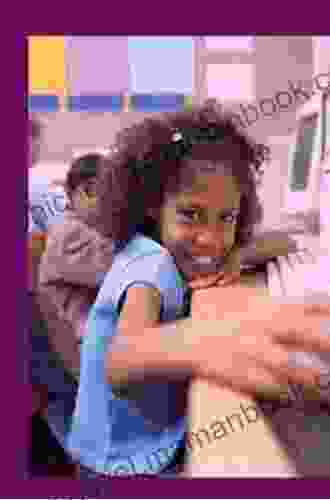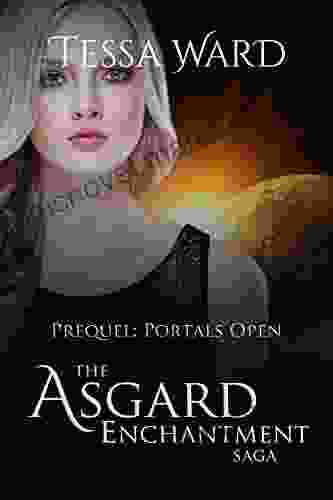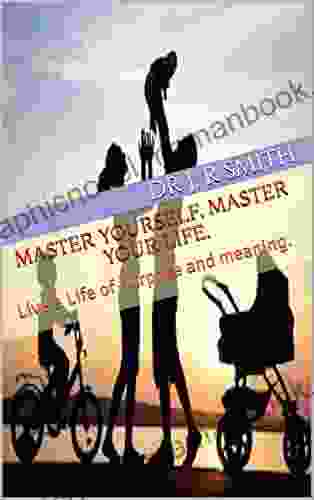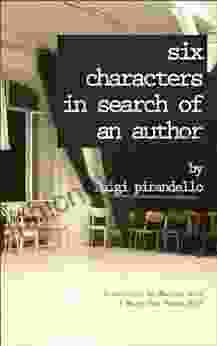Exploring the Pedagogy of Multiliteracies: Learning by Design

5 out of 5
| Language | : | English |
| File size | : | 5760 KB |
| Text-to-Speech | : | Enabled |
| Screen Reader | : | Supported |
| Enhanced typesetting | : | Enabled |
| Word Wise | : | Enabled |
| Print length | : | 326 pages |
In the rapidly evolving landscape of communication and technology, literacy has taken on a new dimension that transcends traditional notions of reading and writing. Multiliteracies, a transformative approach to literacy education, has emerged as a response to the complexities of the modern media landscape. This pedagogy empowers learners to navigate the diverse tapestry of texts and create meaningful connections across multiple modalities.
At the heart of the multiliteracies pedagogy lies the concept of 'Learning by Design.' This approach emphasizes the role of learners as active agents in their own learning, empowering them to design and create multimodal texts that demonstrate their understanding of complex concepts. By engaging in this process, learners develop a deep understanding of the affordances and constraints of different modes of communication and gain the ability to effectively adapt their messages to different audiences and purposes.
To foster multiliterate learners, teachers play a pivotal role in designing engaging and authentic learning experiences that nurture critical thinking, creativity, and communication skills. This involves creating opportunities for learners to explore, experiment, and collaborate with diverse texts and technologies, fostering a culture of inquiry and reflection. By providing learners with the tools and guidance they need to design and create their own multimodal texts, teachers empower them to become confident and effective communicators in an increasingly digital and interconnected world.
Practical Strategies for Cultivating a Multiliterate Classroom
Implementing the principles of multiliteracies in the classroom requires a shift from traditional teacher-centered instruction to a more learner-centered approach. Here are some practical strategies that teachers can adopt to cultivate a multiliterate classroom environment:
- Incorporate multimodal texts into instruction: Expose learners to a wide range of texts that represent diverse modes of communication, such as print, digital, visual, and audio. Encourage learners to analyze and discuss the affordances and constraints of each mode and explore how they can be combined effectively.
- Provide opportunities for learners to create multimodal texts: Give learners regular opportunities to create their own multimodal texts, such as digital stories, podcasts, presentations, and websites. Provide them with the necessary tools and support to develop their skills in multimodal composition.
- Encourage collaboration and peer feedback: Create opportunities for learners to work together on multimodal projects, providing feedback and support to each other. This fosters a culture of collaboration and helps learners develop their critical thinking and communication skills.
- Connect literacy to real-world contexts: Make connections between literacy and real-world experiences by incorporating authentic materials and tasks into instruction. For example, have learners create multimodal presentations on current events or design websites to promote social causes.
- Provide differentiated instruction: Recognize that learners have diverse learning needs and interests. Provide differentiated instruction that caters to their individual strengths and areas for improvement. This may involve offering a variety of text formats, providing scaffolding for struggling learners, and challenging advanced learners with more complex tasks.
Classroom Examples of Multiliteracies in Action
The following classroom examples illustrate how the pedagogy of multiliteracies can be implemented effectively in practice:
- Digital storytelling: In a middle school English class, students created digital stories to explore the historical event of the Civil War. They used a variety of multimedia elements, such as images, audio, and video, to bring their stories to life and engage their audience.
- Podcast production: In a high school social studies class, students produced podcasts on different aspects of the American Revolution. They researched their topics, interviewed experts, and created engaging audio narratives that shared their insights with others.
- Interactive presentations: In a college-level science course, students designed interactive presentations to explain complex scientific concepts. They used a variety of digital tools to create interactive simulations, videos, and quizzes that actively engaged their classmates.
Real-World Applications of Multiliteracies
The skills and knowledge gained through multiliteracies education have far-reaching applications in the real world. Multiliterate learners are well-equipped to:
- Navigate the complexities of the digital world: Multiliterate learners are proficient in using a variety of digital tools and technologies to access, evaluate, and create information.
- Communicate effectively in diverse contexts: Multiliterate learners can adapt their communication strategies to different audiences, purposes, and modalities, enabling them to communicate effectively in both academic and professional settings.
- Engage in critical thinking and problem-solving: Multiliterate learners have the ability to analyze and synthesize information from multiple sources, enabling them to develop informed opinions and solve problems in a multifaceted world.
- Be creative and innovative: Multiliterate learners are empowered to express their ideas through a variety of creative outlets, fostering innovation and self-expression.
- Participate actively in democratic society: Multiliterate learners are able to access, understand, and evaluate information from a variety of sources, making them informed and engaged citizens.
The pedagogy of multiliteracies, grounded in the concept of 'Learning by Design,' provides a transformative approach to literacy education that empowers learners to navigate the complexities of the modern media landscape. By fostering critical thinking, creativity, and communication skills, multiliteracies education prepares learners to thrive in an increasingly digital and interconnected world. Through the practical strategies and classroom examples outlined in this article, teachers can cultivate a multiliterate classroom environment where all learners have the opportunity to develop the skills and knowledge they need to succeed in the 21st century.
5 out of 5
| Language | : | English |
| File size | : | 5760 KB |
| Text-to-Speech | : | Enabled |
| Screen Reader | : | Supported |
| Enhanced typesetting | : | Enabled |
| Word Wise | : | Enabled |
| Print length | : | 326 pages |
Do you want to contribute by writing guest posts on this blog?
Please contact us and send us a resume of previous articles that you have written.
 Top Book
Top Book Novel
Novel Fiction
Fiction Nonfiction
Nonfiction Literature
Literature Paperback
Paperback Hardcover
Hardcover E-book
E-book Audiobook
Audiobook Bestseller
Bestseller Classic
Classic Mystery
Mystery Thriller
Thriller Romance
Romance Fantasy
Fantasy Science Fiction
Science Fiction Biography
Biography Memoir
Memoir Autobiography
Autobiography Poetry
Poetry Drama
Drama Historical Fiction
Historical Fiction Self-help
Self-help Young Adult
Young Adult Childrens Books
Childrens Books Graphic Novel
Graphic Novel Anthology
Anthology Series
Series Encyclopedia
Encyclopedia Reference
Reference Guidebook
Guidebook Textbook
Textbook Workbook
Workbook Journal
Journal Diary
Diary Manuscript
Manuscript Folio
Folio Pulp Fiction
Pulp Fiction Short Stories
Short Stories Fairy Tales
Fairy Tales Fables
Fables Mythology
Mythology Philosophy
Philosophy Religion
Religion Spirituality
Spirituality Essays
Essays Critique
Critique Commentary
Commentary Glossary
Glossary Bibliography
Bibliography Index
Index Table of Contents
Table of Contents Preface
Preface Introduction
Introduction Foreword
Foreword Afterword
Afterword Appendices
Appendices Annotations
Annotations Footnotes
Footnotes Epilogue
Epilogue Prologue
Prologue Robin Murarka
Robin Murarka Kara Caldwell
Kara Caldwell Lois Tarter
Lois Tarter Paula Darwish
Paula Darwish Ifbb Pro Jeff Christian
Ifbb Pro Jeff Christian Andy Mcnab
Andy Mcnab Sonja Dewing
Sonja Dewing Rick Shaw
Rick Shaw William E Lewis
William E Lewis Peter Coleman
Peter Coleman Rob Harris
Rob Harris Spencer Gordon
Spencer Gordon Benn Steil
Benn Steil Pam Walker
Pam Walker Jean Oram
Jean Oram Lindsay Adler
Lindsay Adler Ray Dalio
Ray Dalio Taylor Wilson
Taylor Wilson Susan Sands
Susan Sands Bianca Blythe
Bianca Blythe
Light bulbAdvertise smarter! Our strategic ad space ensures maximum exposure. Reserve your spot today!
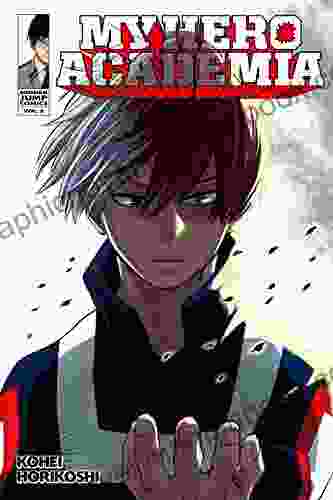
 Percy Bysshe ShelleyMy Hero Academia Vol Shoto Todoroki Origin: A Deep Dive into the Icy Hot...
Percy Bysshe ShelleyMy Hero Academia Vol Shoto Todoroki Origin: A Deep Dive into the Icy Hot...
 Maurice ParkerThe Successful Teacher Handbook: Strategies and Resources for the Modern...
Maurice ParkerThe Successful Teacher Handbook: Strategies and Resources for the Modern... Joel MitchellFollow ·13.3k
Joel MitchellFollow ·13.3k Caleb LongFollow ·18.3k
Caleb LongFollow ·18.3k Dan BellFollow ·10.5k
Dan BellFollow ·10.5k Truman CapoteFollow ·13.9k
Truman CapoteFollow ·13.9k Fred FosterFollow ·18.2k
Fred FosterFollow ·18.2k Rubén DaríoFollow ·3.5k
Rubén DaríoFollow ·3.5k Matthew WardFollow ·3k
Matthew WardFollow ·3k Ken SimmonsFollow ·17k
Ken SimmonsFollow ·17k
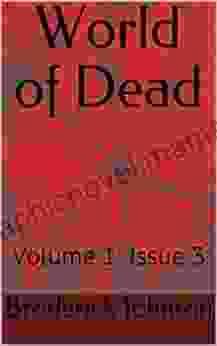
 Rex Hayes
Rex HayesWorld of Dead Volume Issue: An In-Depth Analysis
The World of Dead volume issue...
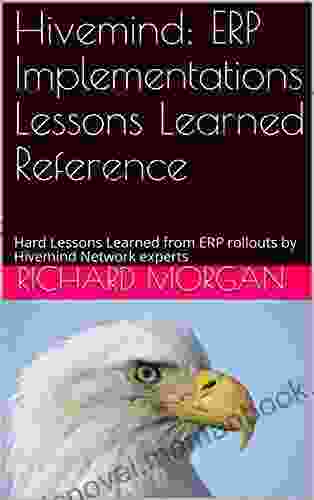
 Nathan Reed
Nathan ReedHard Lessons Learned from ERP Rollouts: A Hivemind...
Enterprise...
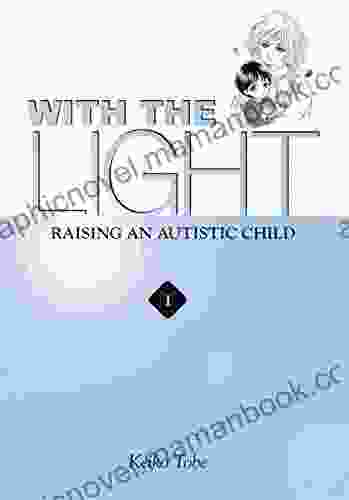
 Fernando Bell
Fernando BellWith the Light, Vol. 1: Illuminating the Extraordinary...
The advent of parenthood is a...

 Wesley Reed
Wesley ReedNo Helping Hand: True Story of Deadly Waves
In December 2004,...

 Ruben Cox
Ruben CoxIntroduction to Electrodynamics by David Griffiths: A...
to Electrodynamics by...
5 out of 5
| Language | : | English |
| File size | : | 5760 KB |
| Text-to-Speech | : | Enabled |
| Screen Reader | : | Supported |
| Enhanced typesetting | : | Enabled |
| Word Wise | : | Enabled |
| Print length | : | 326 pages |


